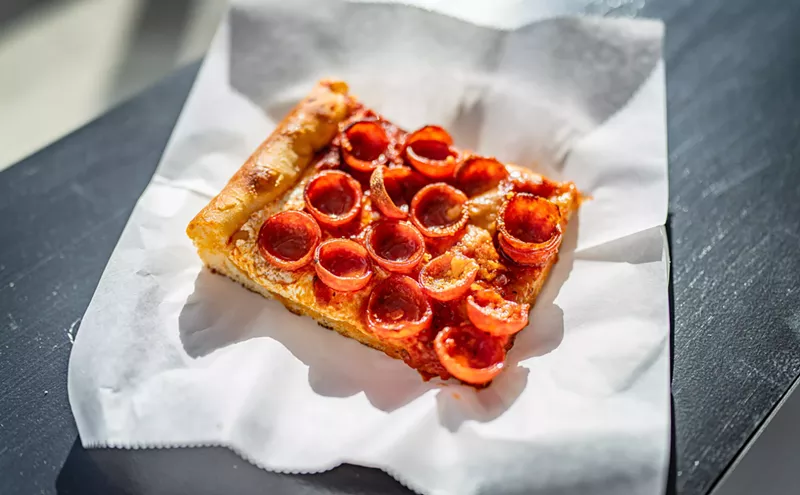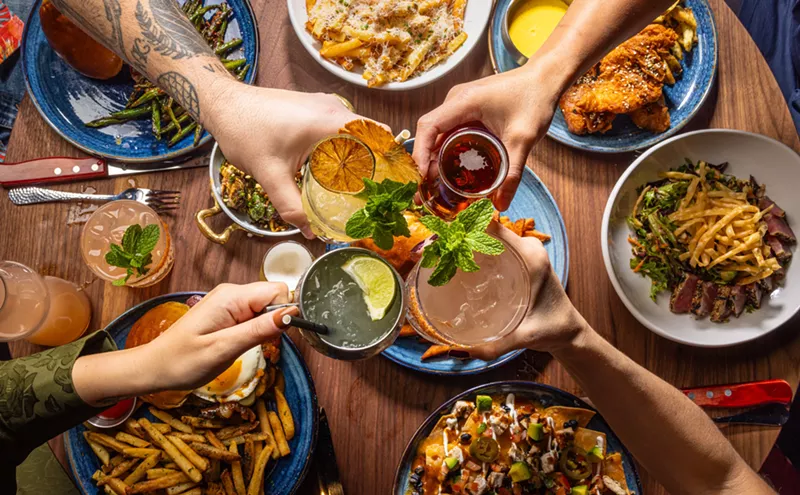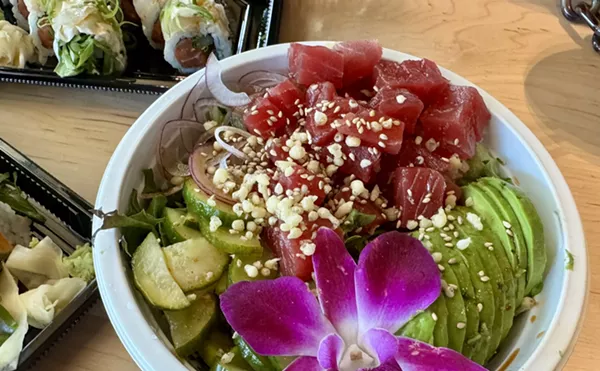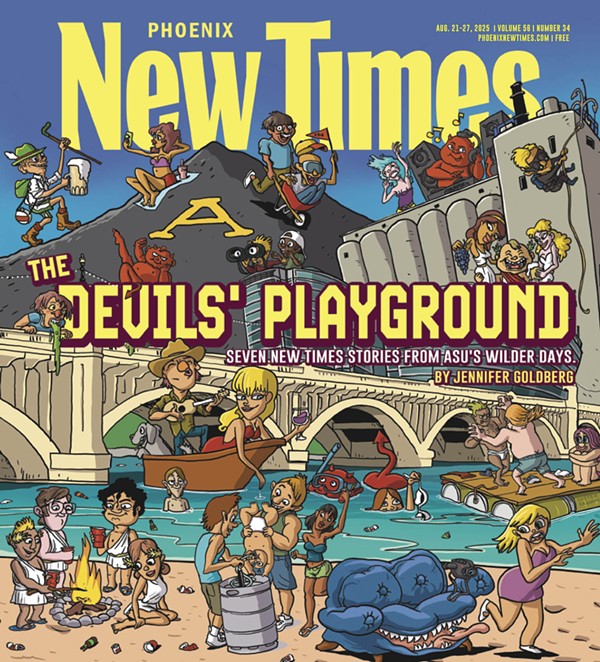My first taste of ginger beer was in a pub in London. I’ve always been a lover of potent ginger, the spicier the better. I quickly learned that this was nothing like the ginger ale I could get in the United States. Immediately, I was hooked.
I kept my eyes peeled in grocery stores and on menus, but it was a long time before I came across a bottle of ginger beer in my own country, even longer before I could find it reliably. During that dark time, I came across a drink I hadn’t seen before on a cocktail menu: the Moscow Mule. At the time, I thought it referenced the town of Moscow, Idaho, about an hour south of the bar, but soon, it began popping up on drinks lists regularly. I began to notice the shiny copper mugs on shelves behind the bars I frequented.
Although some people will serve you a Moscow Mule in another vessel, the copper is the correct choice, according to the drink’s origin lore. A woman named Sophie Berezinski was a recent Russian immigrant to the U.S. in 1941, along with 2,000 solid copper mugs from her father’s company, Moscow Copper Co., in Russia. Sophie had designed the mugs, but they weren’t selling, so she brought them along when she immigrated. As the story goes, she walked into a pub in Hollywood called the Cock ‘n’ Bull, her husband insisting that she get the mugs out of their house. At the pub, she met John Martin, who had recently purchased a struggling distillery called Smirnoff, and Cock ’n’ Bull owner Jack Morgan, who was trying to move his house-made ginger beer. The three banded together to create the Moscow Mule (though the Cock ’n’ Bull bartender Wes Price also claims to have originated the drink).
However it happened, the Moscow Mule put vodka on the American drinking map for the first time (perhaps hard to believe for anyone who lived through the ‘90s).
Although the copper mugs certainly add to the experience, and likely contribute a certain amount to taste (every vessel makes a difference in flavor), if you have to have one for your home bar, make sure you purchase them, rather than sneaking them out the door. Bartenders tell me these are frequently stolen, causing management to question whether it’s worth it to serve them. Recently, the Moscow Copper Co. has started making the original mugs again, noting that they are truly cylindrical, rather than barrel shaped, like many of the modern interpretations.
The Moscow Mule went through some hard times over the years; notably, a union of NYC bartenders boycotted the drink in 1950 in the thick of McCarthyism, mistakenly thinking that Smirnoff was Russian vodka (it originated in Connecticut), but perhaps my favorite part of the story comes out of the rebranding Smirnoff tried in 1965. No longer the Moscow Mule, they called it the Smirnoff Mule and created a song and dance for it in the tradition of the Frug and the Mashed Potato. While the moves are lost to time, the lyrics are: “Stand stubborn/Stop sudden/Look cool. Turn it on/Take it off/The Smirnoff Mule.” I can only imagine that the dance was equally epic.
You shouldn’t have to look far for a bar serving a Moscow Mule these days, and if you want to make one at home, ginger beer shouldn’t be difficult to track down either. And if you don’t feel like searching out a copper mug, I certainly won’t tell.
There are lots of ways to make a Moscow Mule: shaken, stirred, more or less vodka, with or without mint. This is mine. Feel free to adapt to your tastes.
Moscow Mule
1 1/2 ounces vodka
1/2 ounce fresh lime juice
ginger beer
fresh mint (for garnish)
Add vodka and lime juice to a mug or highball glass filled with cube ice and stir. Top with ginger beer. Garnish with fresh mint, a lime wedge, or both.

Audio By Carbonatix
[
{
"name": "GPT - Billboard - Slot Inline - Content - Labeled - No Desktop",
"component": "21251496",
"insertPoint": "2",
"requiredCountToDisplay": "2"
},{
"name": "STN Player - Float - Mobile Only ",
"component": "21327862",
"insertPoint": "2",
"requiredCountToDisplay": "2"
},{
"name": "Editor Picks",
"component": "16759093",
"insertPoint": "4",
"requiredCountToDisplay": "1"
},{
"name": "Inline Links",
"component": "17980324",
"insertPoint": "8th",
"startingPoint": 8,
"requiredCountToDisplay": "7",
"maxInsertions": 25
},{
"name": "GPT - 2x Rectangles Desktop, Tower on Mobile - Labeled",
"component": "21934225",
"insertPoint": "8th",
"startingPoint": 8,
"requiredCountToDisplay": "7",
"maxInsertions": 25
},{
"name": "Inline Links",
"component": "17980324",
"insertPoint": "8th",
"startingPoint": 12,
"requiredCountToDisplay": "11",
"maxInsertions": 25
},{
"name": "GPT - Leaderboard to Tower - Slot Auto-select - Labeled",
"component": "17012245",
"insertPoint": "8th",
"startingPoint": 12,
"requiredCountToDisplay": "11",
"maxInsertions": 25
}
]











